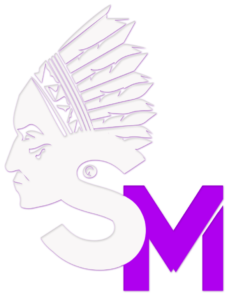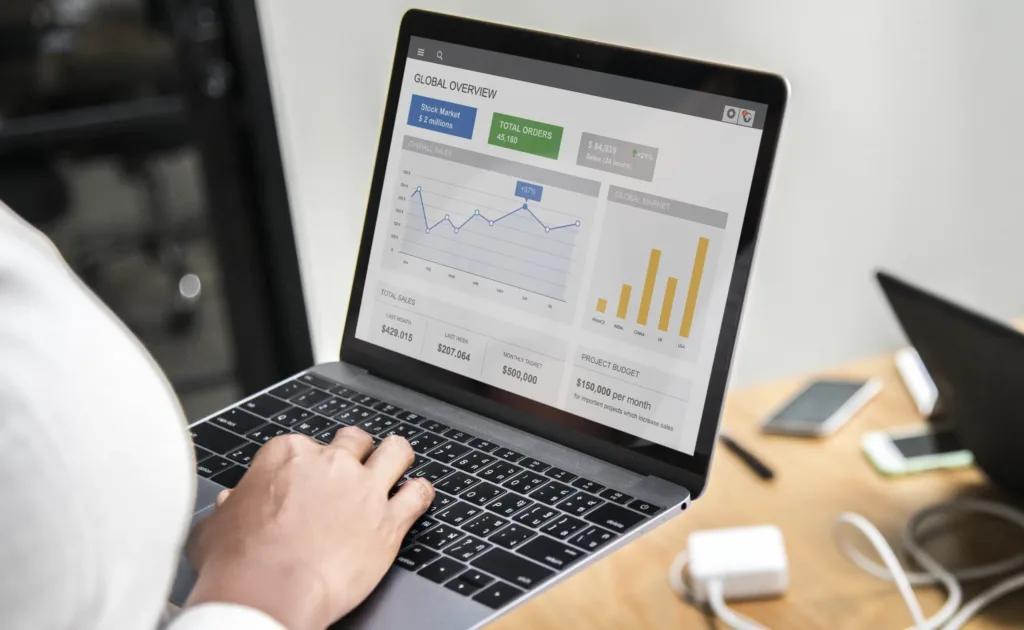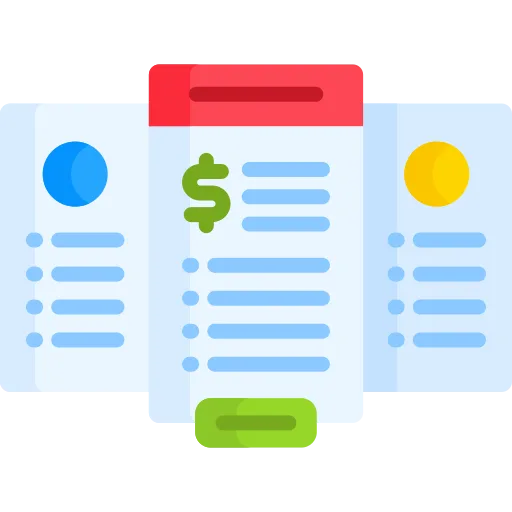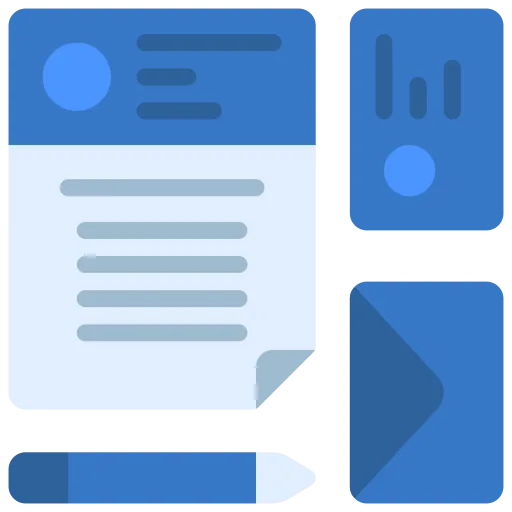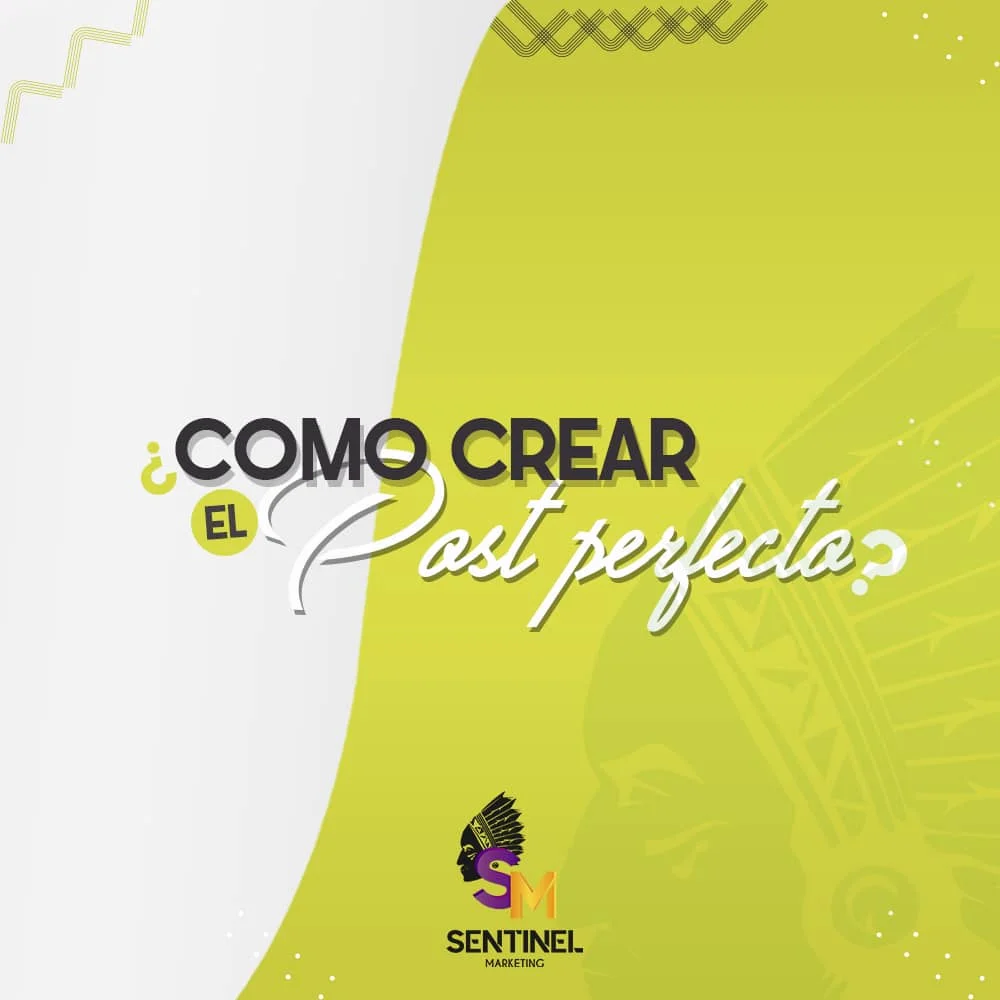The Ultimate Guide to Sales Funnels: 5 Steps to Increase Conversions
You might think that a sales funnel is only about a customer’s purchasing process, but it’s not. It starts from being a stranger to users, to getting them loyal as regular customers.
In this article you will find what a sales funnel is, its stages, its structures, how to apply it in marketing and more. And this is such a widely used method that it is very likely that you have even gone through a sales funnel without even noticing it.
Read on and learn the secrets of the sales funnel…
This works as a filter from potential customers to real customers. Here we will explain it through 5 stages, where the main one, which starts from top to bottom, is the broadest in terms of users, and these decrease as you progress through the funnel, generating more effective results.
This is a process through which your potential customers or your Buyer persona must go through, and this process starts from the moment the brand has a first contact with the user, until they close a sale and become your customer.
This is a technique widely used in marketing to ensure a good experience for the user and ensure their loyalty. However, some companies do not use this tool and miss many of its functions, but this should not be your case.
Stages of the Sales Funnel
Once your company has established the Buyer persona, it can use it to start creating your own sales funnel, obviously, containing the fundamental stages of the sales funnel, which are:
1. Attraction
This is when the brand makes efforts to attract the user, creating content of interest, valuable information or calling their attention in some way. For example, creating valuable content like blog posts, infographics, or videos can attract potential customers. HubSpot is a great resource for learning more about attracting customers.
2. Conversion
Here the first contact is established with the user, they already know what your brand is and become interested in what you offer, your content or identify in some way with your identity. Tools like OptinMonster can help you convert website visitors into leads.
3. Sale
At this point the user has already shown great interest in your brand, follows you, asks about your services or products, and finally makes the purchase. Providing excellent customer service is key at this stage.
4. Loyalty
Not everything ends with the purchase of a first product or service, in reality, this is just the beginning. The true purpose of the funnel is for the user to come back to you when they want to solve a need or desire with what you offer them. And to make them think of you as the first option, the customer must be delighted with the first purchase. This is achieved with a good product or service, a good sales system, good customer service, good technical support and value propositions. Loyalty programs can be a powerful way to encourage repeat business.
Structure of the Sales Funnel
There is another way to explain the stages of the sales funnel, but this is summarized in only 3 stages, which are named with the acronyms in English TOFU, MOFU and BOFU.
TOFU – Top of the Funnel
In this stage that is part of the beginning of the sales funnel, the marketing team has attracted users with content that could be of value to them, now becoming leads or potential customers. Through this contact with the user we can analyze if they really have any need or desire that the brand can solve or provide.
MOFU – Middle of the Funnel
This is the middle stage of the sales funnel, the company must show users the benefits that the company can offer them, but above all, it must show them what the customer wants or needs. Here the leads must already show interest in the products, services, offers or whatever the content that has been provided to the user at the time of interaction with the brand. It is in this stage where you must multiply efforts as it will most likely be the stage where many of the leads get stuck. Therefore you must make sure to offer what they are really looking for in order to take them to the final stage.
BOFU – Bottom of the Funnel
And in this, the final stage of the sales funnel, the leads must already be sure that they want to buy something from your brand, and without more, it would only be necessary to facilitate the purchase process and establish the best agreements in the purchase contract to finally close the sale.
How does the Sales Funnel benefit brands?
Perfect your buyer persona
Although to apply the sales funnel method it is necessary to first have your buyer persona well defined, it is true that one thing perfects the other. If from what you consider an “ideal customer” your brand does not receive interest from them, it is most likely not the target audience you should be targeting. Then you must better segment your buyer persona to direct your efforts to the right people.
Promote value propositions
Attraction is one of the most important things in this whole process because it is what makes users decide to stay and move on to the next stage. Many times brands manage to convince the customer that they are what they need because users identify with the brand. To achieve this attraction or interest, value propositions and the character of differentiation between your brand and the competition must be promoted.
Improve processes
Analyzing users allows you to see where they lose interest and thus find flaws in your processes. It also allows you to train the sales team so that they are more related to the entire process and are more prepared to know what is needed for users to make the purchase.
Increase productivity and automation
To get the full potential of the sales funnel, it is necessary for the company to manage various tools that help the processes of the same. For example:
- Create a customer database
- Use tools to automatically share valuable content
- Apply the resolution of doubts automatically
- Make sure that customers move from one interface to another quickly and easily
And this leads us to the next point…
How to make an effective Sales Funnel?
To carry out each stage optimally, your company must consolidate itself in some things first, such as:
Website
You can’t just have a presence on social media, web pages are one of the main tools to capture leads and create a database of potential customers.
Quality content
Engage the public with eye-catching content that will serve them not only when closing a purchase with you, but also in their day-to-day lives. Make sure you are someone they would like to follow. Then you can guide them to other stages of the sales funnel and generate income.
Call to action
Calls to action cannot be missing anywhere! Sometimes users need you to tell them clearly and with great enthusiasm to do something and so they will do it. These calls to action not only help you sell, but also increase interaction and consumption of your brand’s content. Use them on social media, on web pages, and even in your store, why not?
Landing page
Use the links on your social media and website, remember that with these you can direct the user, collect information about them and generate a database of leads. Thanks to these links you can provide the user with other topics, products or services of interest so that they feel closer to your brand.
Email marketing
Once you have a database of potential customers, or leads, you can start with marketing strategies through emails, where you can see which leads are really interested in your products and services and that they will most likely want to make a purchase.
Keep in touch
If users have already agreed to have an interaction with your brand in the first place, then you must strengthen the relationship with them. Position your brand with marketing strategies and relevant content. Take advantage and launch offers or promotions to attract their attention, and continue with the other stages of the sales funnel from the response of the leads.
Now I will give you the name of 3 tools that you can use to improve the processes in the sales funnel.
To direct your email marketing strategies and generate a database of potential customers, you can use:
- Claviyo
- MailChimp
Both allow you to use your database of potential customers to reach more directly customers who have already shown interest in your brand.
And if you want to analyze the activities on your social networks, you can use:
Hootsuite: This tool allows you to manage your social networks in a more organized way. This app can be used on platforms such as Twitter, Facebook, LinkedIn, WordPress, Foursquare and Google +.
And if you want to know a little more about how Hootsuite works, I recommend going to our article on social media metrics.
